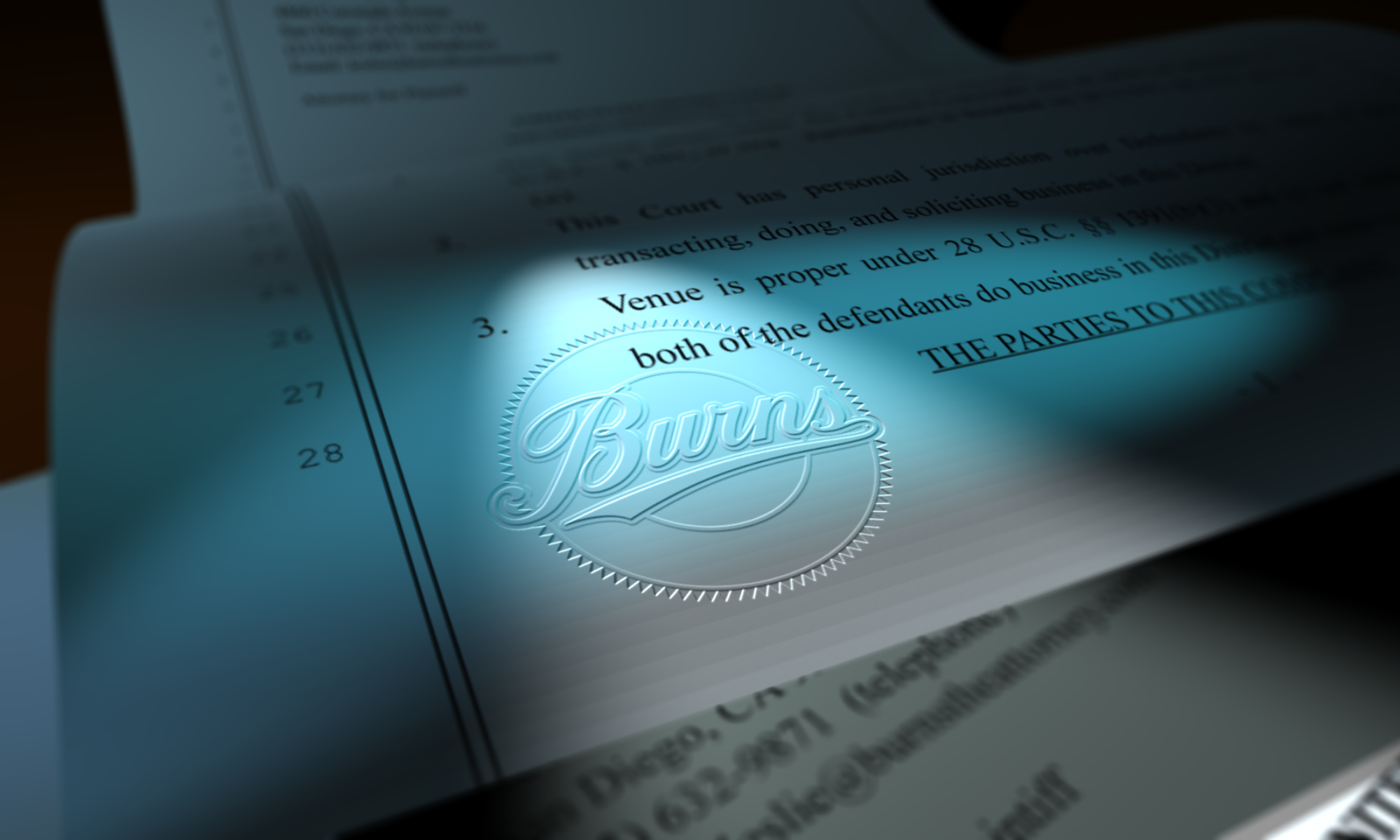Tomorrow is my Bar-iversary; that is, it’s the anniversary of my admittance to the California Bar. The day I took my oaths (plural—my school had its own extra one) and simultaneously was admitted to the Southern and Central Federal Districts for the state of California. The day I completed my dream of becoming a lawyer.
And the day I had to start really being one.
Yikes!
Actually, it hasn’t been anything like I feared. I didn’t have to join some big firm and sell my soul doing god-only-knows-what law to pay my rent, but rather got to practice exactly the law I wanted to right off. I’ll never be able to thank my mentor, Carolyn Wright, enough for that. Even better, I got to represent wonderful creative clients, several of whom are still clients and, now, real friends.
I like to think that I was a good lawyer right out of the gate, and it’s likely I was, but the reality is that I am a better lawyer now than I was then. No surprise—experience is a great teacher (so is my mentor).
My only regret is that I haven’t had the time to do the scholarly work I would like. Of course, writing papers doesn’t pay and I’m such a research geek that if I get started on that path, I’m going to starve (ha!). Still, I do keep up on the law both on a practical as well as a theoretical level, although more weighted to the first as of late.
Relatedly, litigation is a time suck.
Anyway, every year at this time I look back on that moment when I raised my right hand and swore to support the Constitutions of the United States and of the State of California and to be the best lawyer I could be. I think about what a bright-line marker it was in my life and what an achievement it was personally. Moreover, I think about the time since then, being in practice and actually lawyering. As a lawyer, since taking that oath, my achievements have been in the service of my clients, and most happily so. This is what lawyering should be, in my opinion: a service profession. It is definitely how I run my practice and how I intend to lawyer, for as long as I hold the license.
Thank you to each of you who have trusted me with your legal needs over the years. You have given me the career I always wanted and I am honored to serve you. Hopefully I will get to do so for many years to come.
